Lo rayado en negro, o sepia, era lo sólido, lo inaccesible y lo opaco. Sin embargo por mucho que se representase así, la física elemental de partículas dice que lo invisible y macizo no lo es. El caso es que de las muchísimas manchas de negro de las que hablar, una resulta inevitable. La del famosísimo plano de Roma, trazado por encargo papal por Giambattista Nolli desde 1736 hasta su publicación, más de una década después, en 1748. Ese plano, el más ambicioso, exacto y hermoso de todos los realizados en Roma hasta ese momento, estaba colmatado de un relleno costoso y delicado que representaba el caserío de la ciudad, lo privado, en fin, lo invisible. En esa mancha negra estaba contenida la vida cotidiana. El resto, como es sabido, era el espacio público, de lo excepcional y del bullicio ciudadano.
Ese rayado, ese poché urbano, resultaba entonces extremadamente elocuente y hoy no ha perdido sentido. La técnica del relleno empleada por Nolli, derivada del grabado barroco y del rayado unidireccional de los muros que servía para ilustrar el tratado de “Architettura civile” de Guarini de 1734, permitía notar cuanto Roma era la paradigmátrica res-pública occidental. Visto con el tiempo, los bordes de aquellas manchas negras se han mantenido como un contenedor estable a lo largo de los siglos. Si bien el vacío que representa se ha demolido, transformado y mutado, el contorno de sus irregulares figuras han servido para que generaciones pudieran seguir viendo en la ciudad la misma eternidad de hace centurias. El poché, mientras, ha funcionado como un antifaz a los ojos inquisidores del usuario del plano. Lo rayado funciona como un velo protector de la vida de los ciudadanos. Si la planta de arquitectura desvela lo que sucede en todo interior, sin ocultar nada, ese relleno funciona como un filtro, como una cortina de las interioridades domésticas. Este pudoroso y preciso plano, gracias a una mancha que durante mucho tiempo ha sido interpretada como un fondo mudo, o como un plano de contraste con el urbanismo moderno en relación a su densidad (por Rowe), ofrece hoy más que nunca un filtro de privacidad diferente, memorable, que merece ser elevado a la categoría de figura por derecho propio. Aunque solo sea porque dentro de esa sustancia negra hoy el mundo en red trata de entrar sin pedir permiso. Esa mancha negra es el petróleo que trata de extraer Airbnb.
What was hatched in black or sepia was the solid, the inaccessible, the opaque. However, no matter how it was represented, elementary particle physics tells us that the invisible and dense is not truly so. Among the countless black stains to discuss, one is unavoidable: the famously detailed map of Rome, commissioned by the papacy and executed by Giambattista Nolli from 1736 until its publication over a decade later in 1748. This map, the most ambitious, accurate, and beautiful of all produced in Rome up to that point, was filled with costly and delicate shading representing the city's buildings, the private, in short, the invisible. In that black stain lay everyday life. The rest, as is well known, was the public space of the exceptional and the bustling city life.
That hatching, that urban poche, was therefore extremely eloquent and has not lost its meaning today. Nolli's shading technique, derived from Baroque engraving and the unidirectional hatching of walls used to illustrate Guarini's 1734 treatise "Architettura civile", revealed how Rome was the quintessential Western res publica. Over time, the edges of those black stains have remained as a stable container throughout the centuries. While the void it represents has been demolished, transformed, and mutated, the contours of its irregular shapes have allowed generations to continue seeing in the city the same eternity as centuries ago. The poche, meanwhile, has acted as a mask to the inquisitive eyes of the map user. The hatching functions as a protective veil for the lives of citizens. If the architectural plan reveals what happens within every interior, without hiding anything, this shading functions as a filter, as a curtain for domestic interiors. This modest and precise map, thanks to hatching that has long been interpreted as a mute background, or as a contrast to modern urbanism in terms of density (by Rowe), now offers more than ever a different, memorable privacy filter, worthy of being elevated to the status of a figure in its own right. If only because within that black stain, today's interconnected world tries to enter without asking permission. That black stain is the oil that Airbnb is trying to extract.







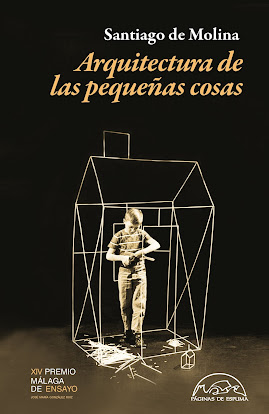














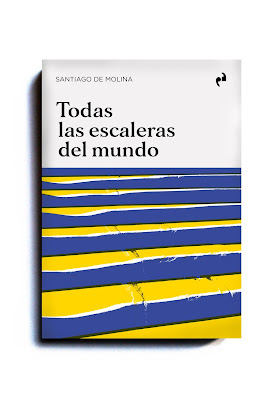











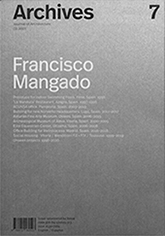

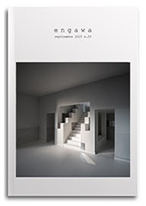
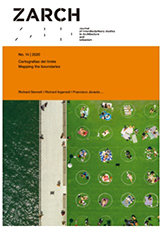
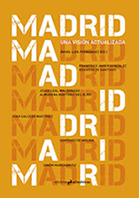


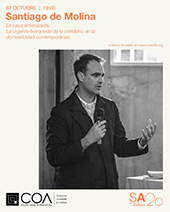

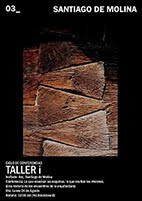




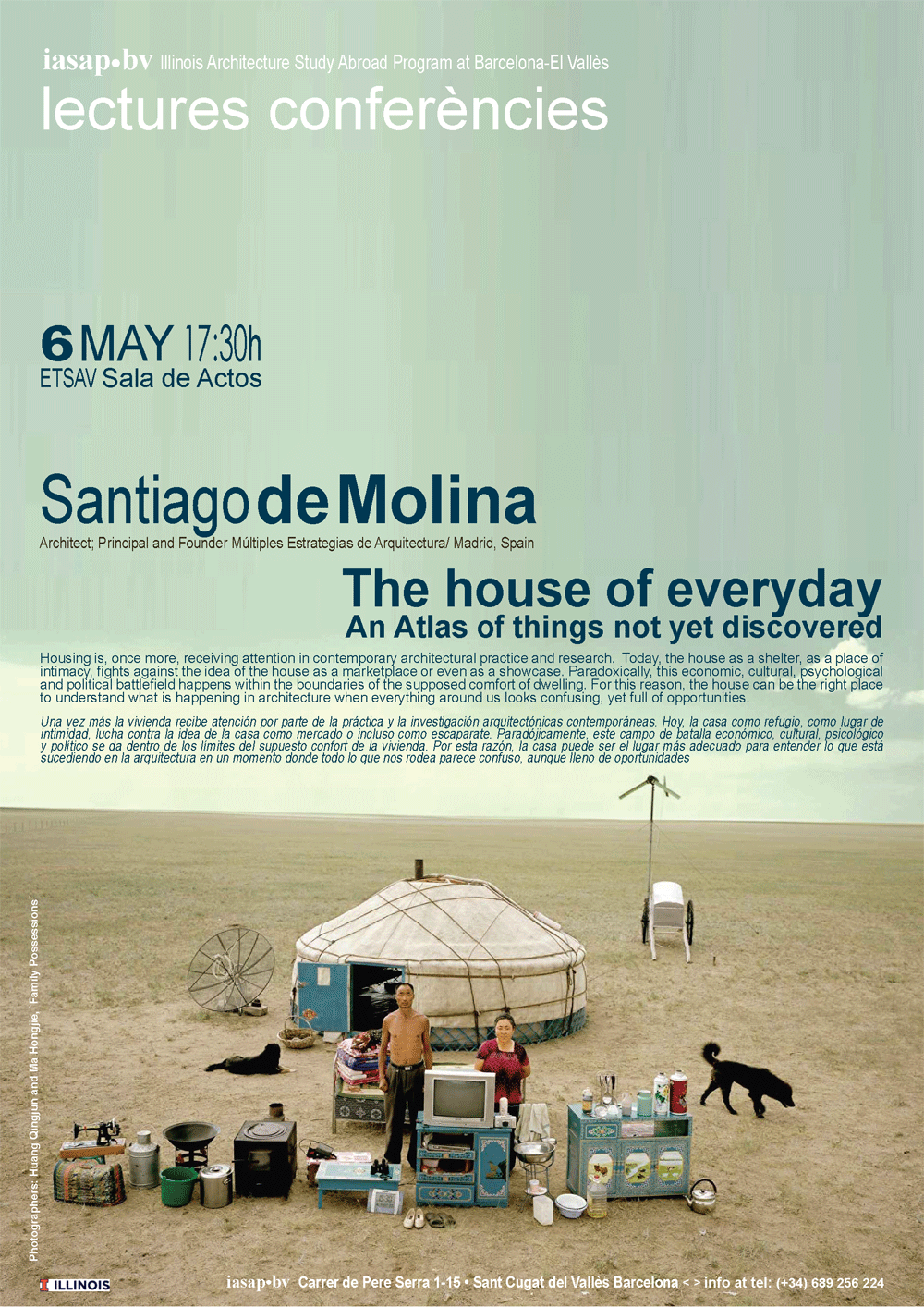

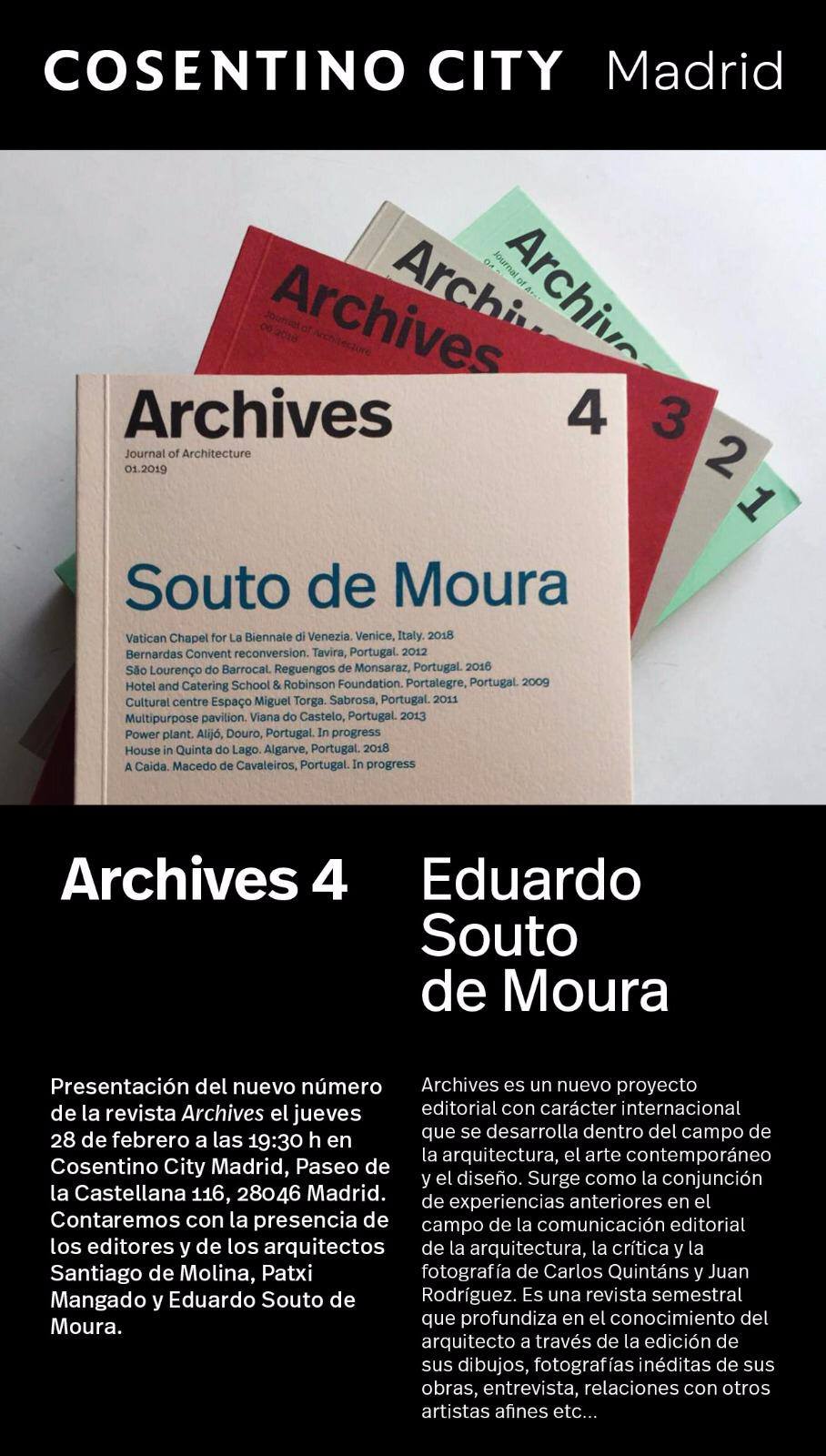


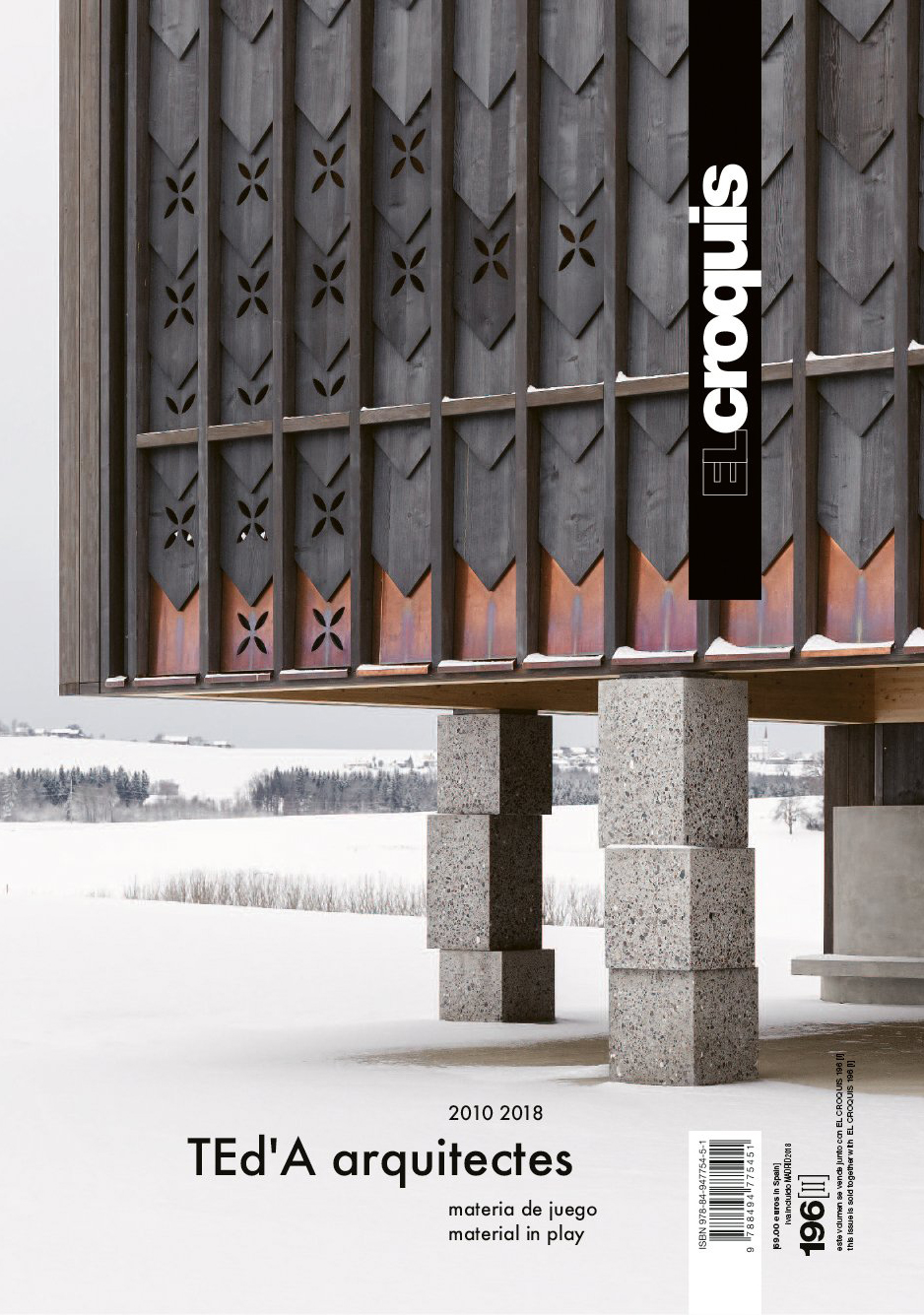












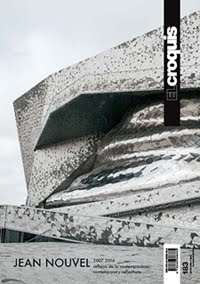





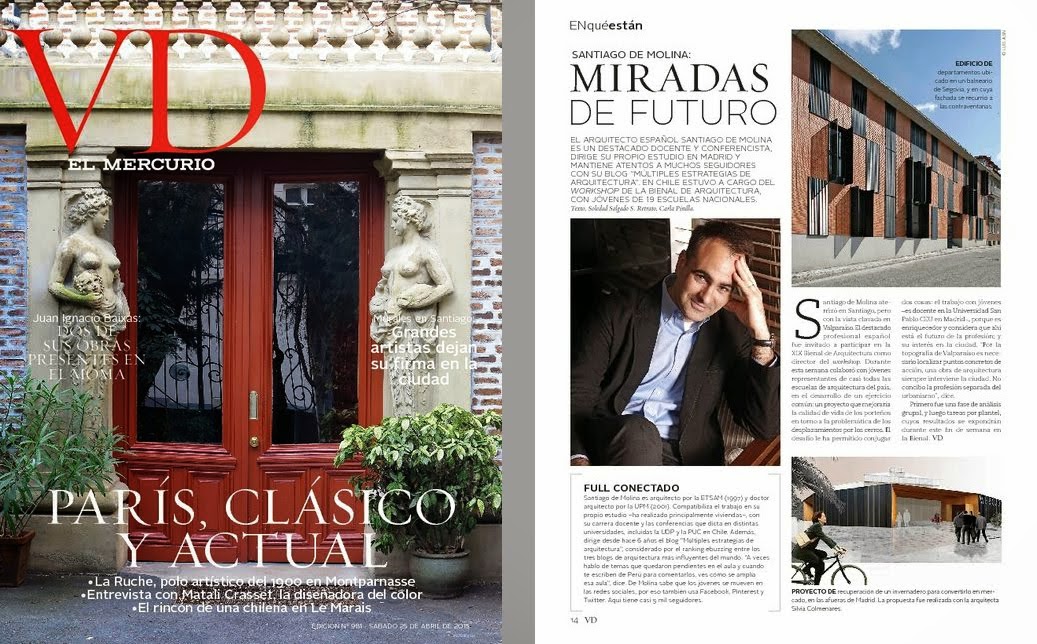



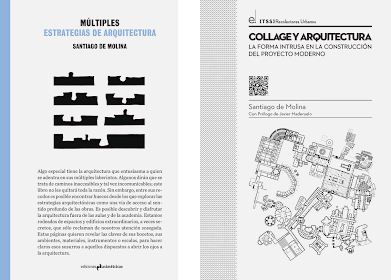


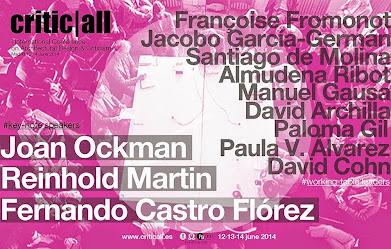
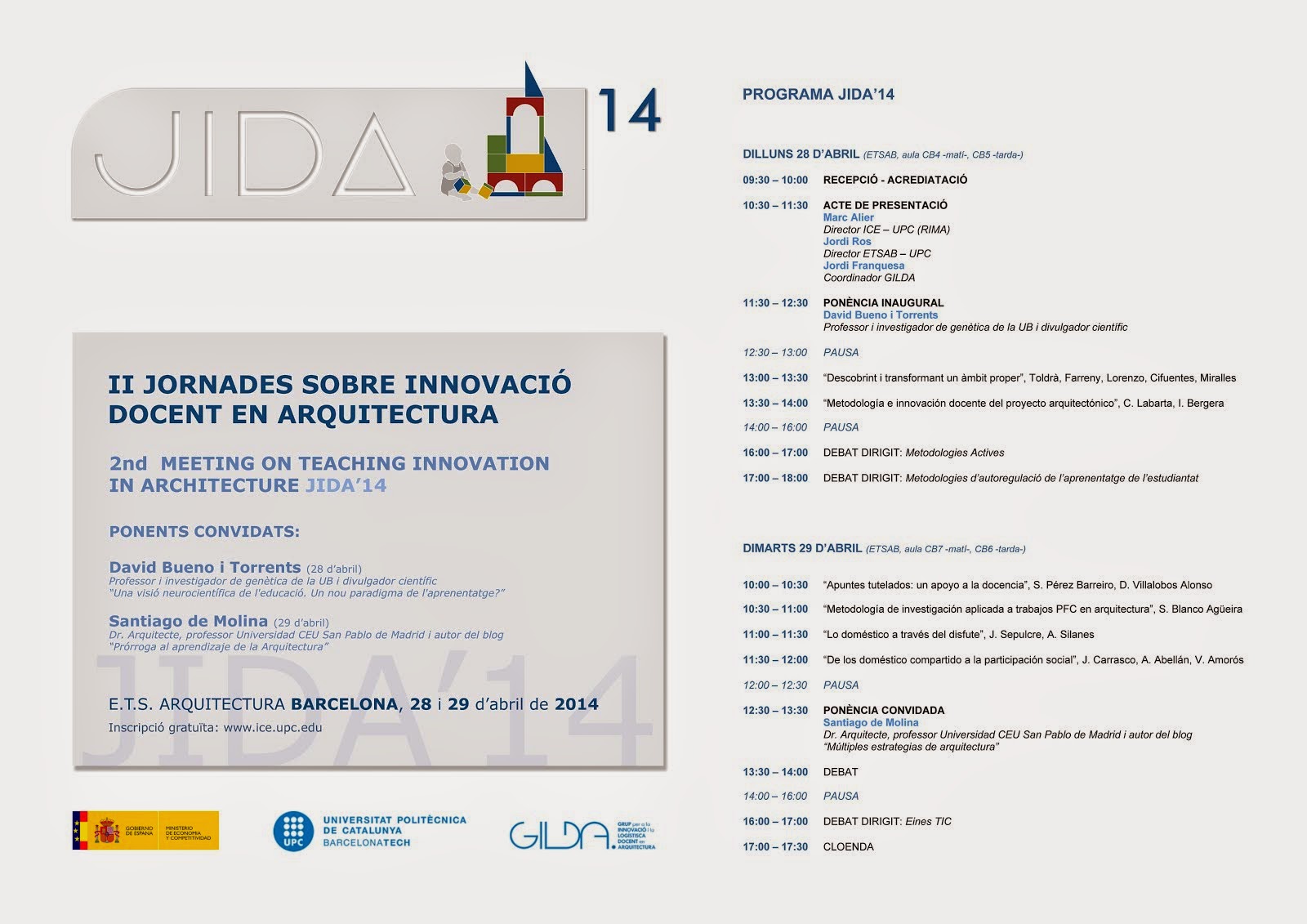

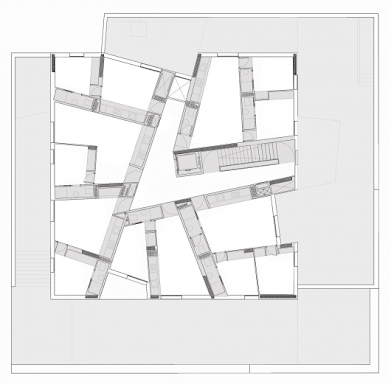






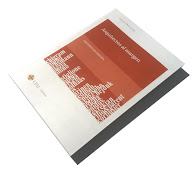


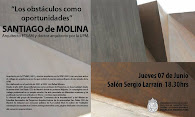



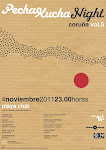

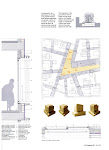

2 comentarios:
Creo que en vez de "rallado" es "rayado".
Llevas toda la razón, Juan Carlos. Muchas gracias por tu lectura y la corrección. Un afectuoso saludo.
Publicar un comentario